Volvo has revealed its secret ‘Costello’ prototype which was used to convince the company board to invest in the new SPA architecture. Volvo also says ‘Costello’ gives big clues as to how the new S90 will drive, as the Swedish company prepares to break into the global market for premium saloons.
The new S90, which is currently in the final stages of testing and validation and is expected to be unveiled in the next few months, is a much bigger challenge for Volvo than the reinvention of the XC90. It has to break into a global market that is dominated by the Mercedes-Benz E-Class, BMW 5 Series and Audi A6.
Autocar can also reveal that the design of the new S90 is stand-out striking, effectively using the front and rear-end treatment previewed on Volvo’s 2013 Coupe Concept. Indeed the rear light treatment - using a thin light cluster that runs around the car’s tail - is probably even more striking in the production version.
Volvo says that the Costello shows the potential for future road cars based on the SPA platform, promising a much higher level of performance than previous models, which were either based on the company’s own P2 architecture or Ford’s EUCD platform.
This engineering prototype - which was originally built in 2008 - is based around the Ford-derived structure of the current S80. However, it was fitted with a new design of ‘integral link’ independent rear suspension and Volvo’s own double wishbone front suspension. Power came from a tuned version of the company’s iconic turbocharged five-cylinder engine.
Roger Wallgren, a principle engineer in Volvo’s Vehicle Dynamics team, told Autocar that the performance of Costello at the company’s Hällered Proving Grounds was impressive enough to convince company bosses that investing in an all-new architecture for the car maker’s post-Ford future was essential.
With the S90 close to the showroom, the related V90 estate car is expected to be revealed later in 2016. Autocar also understands that the all-new SPA-based XC60 replacement is around 20 months from the showroom.
Driving the Costello
Driving Costello on one of the short circuits at Hällered back to back with a late-model version of the previous XC90 (which was based on Volvo’s own P2 platform) quickly demonstrates just how much of a huge leap forward was made with this engineering prototype.
Where the XC90 - while admittedly a much taller vehicle - is hopelessly vague, slow to steer and change direction, the Costello is sharp and dynamic. Wallgren points out that, in bends, the XC90 suffers from the typical problems of large cars with MacPherson strut front suspension: a tendency for the nose to roll and ‘rotate’ into the bend.

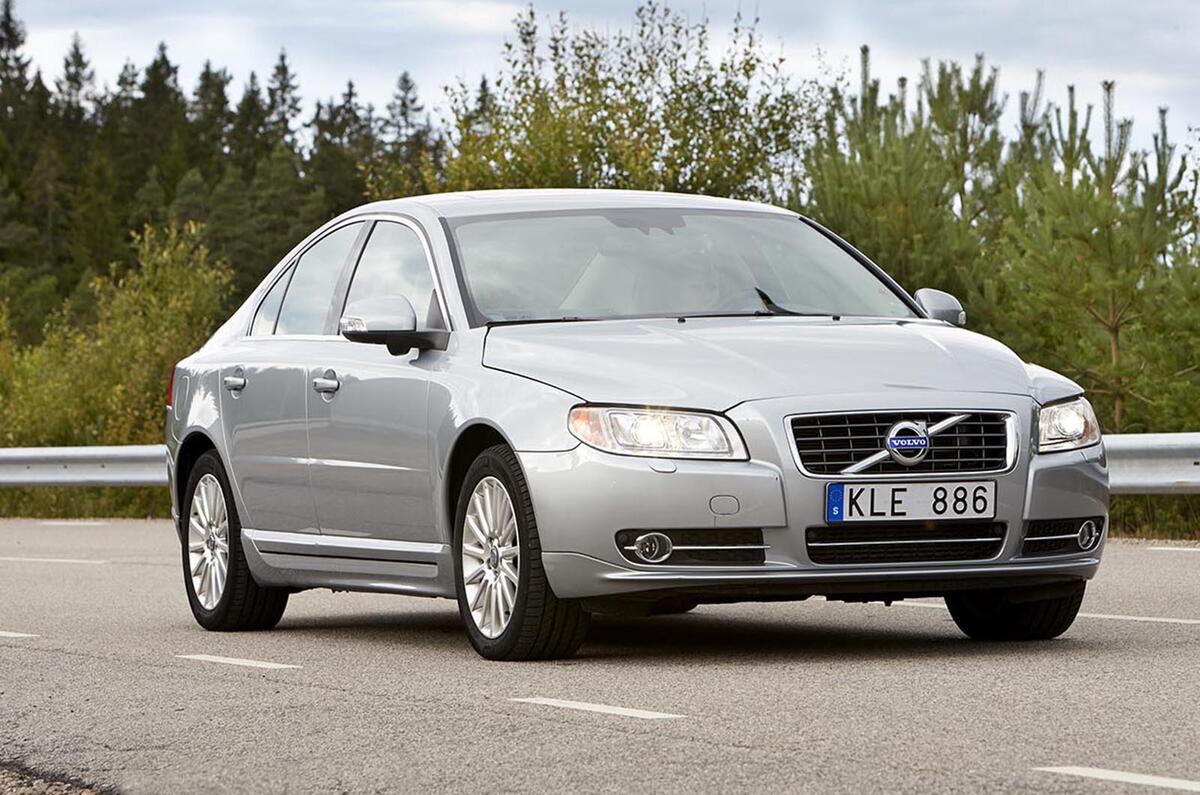
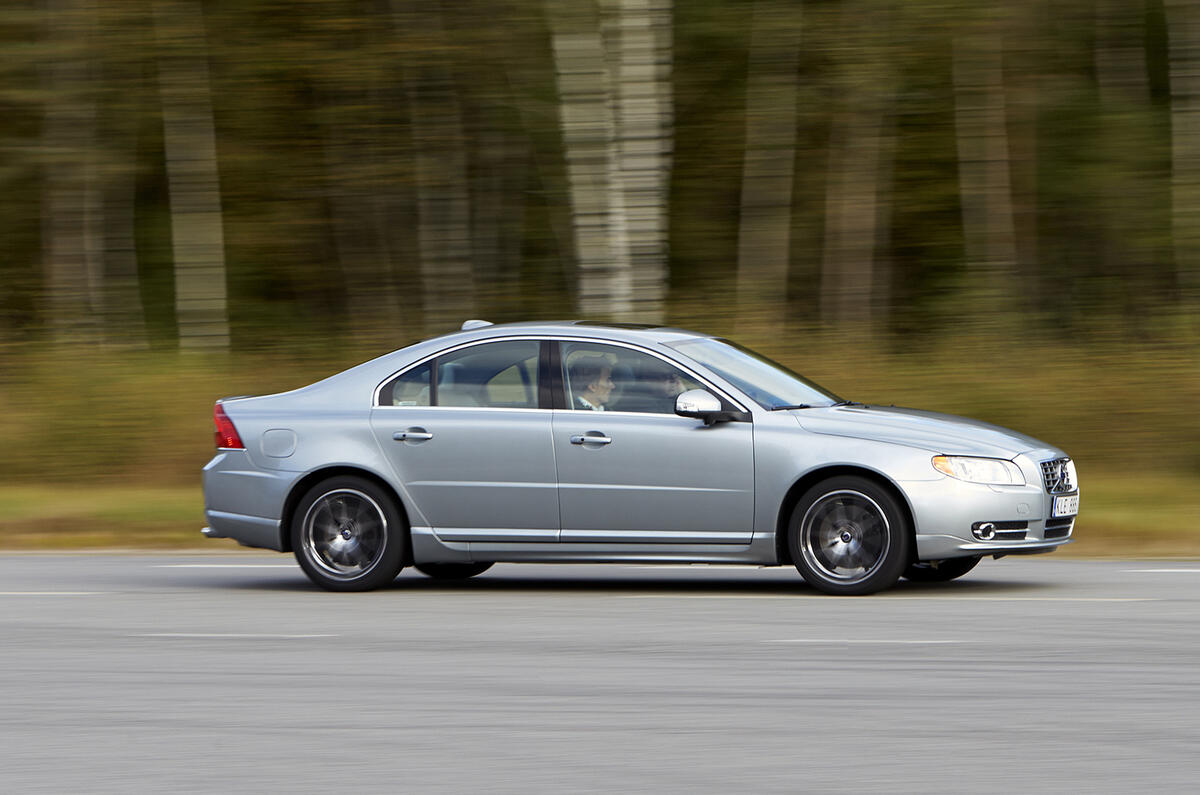
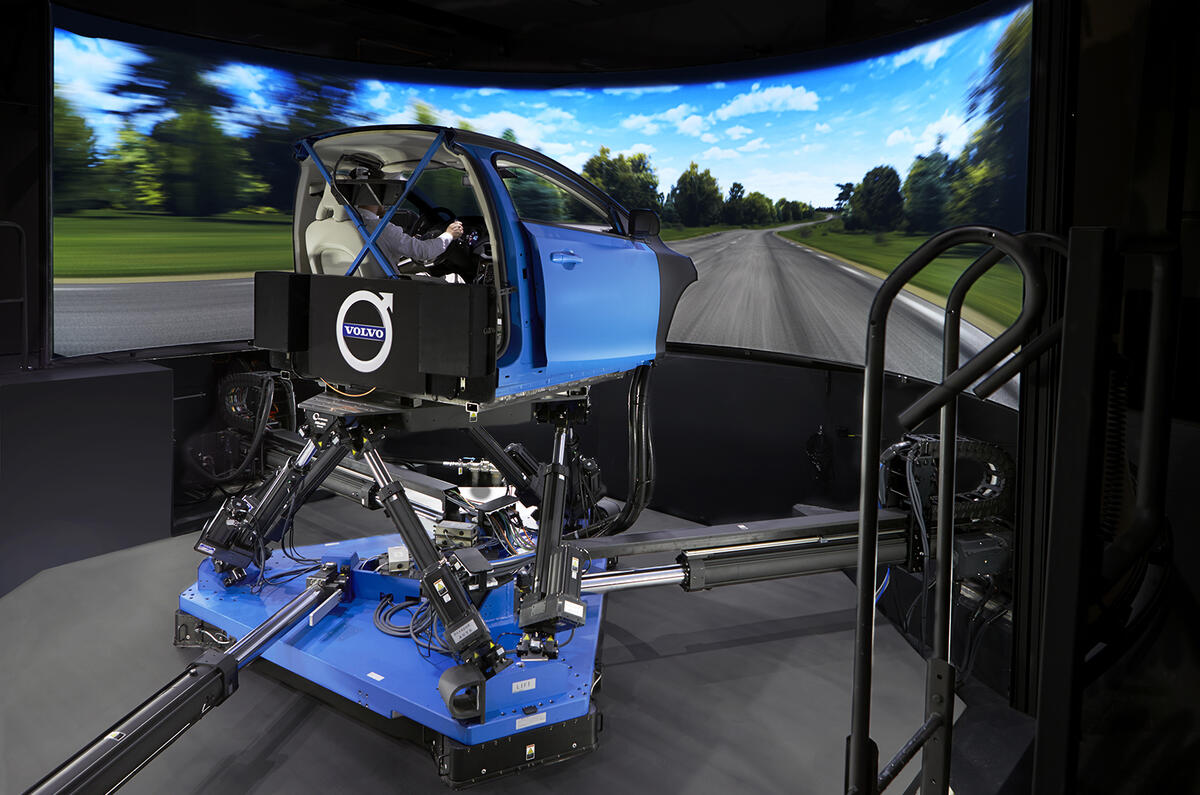
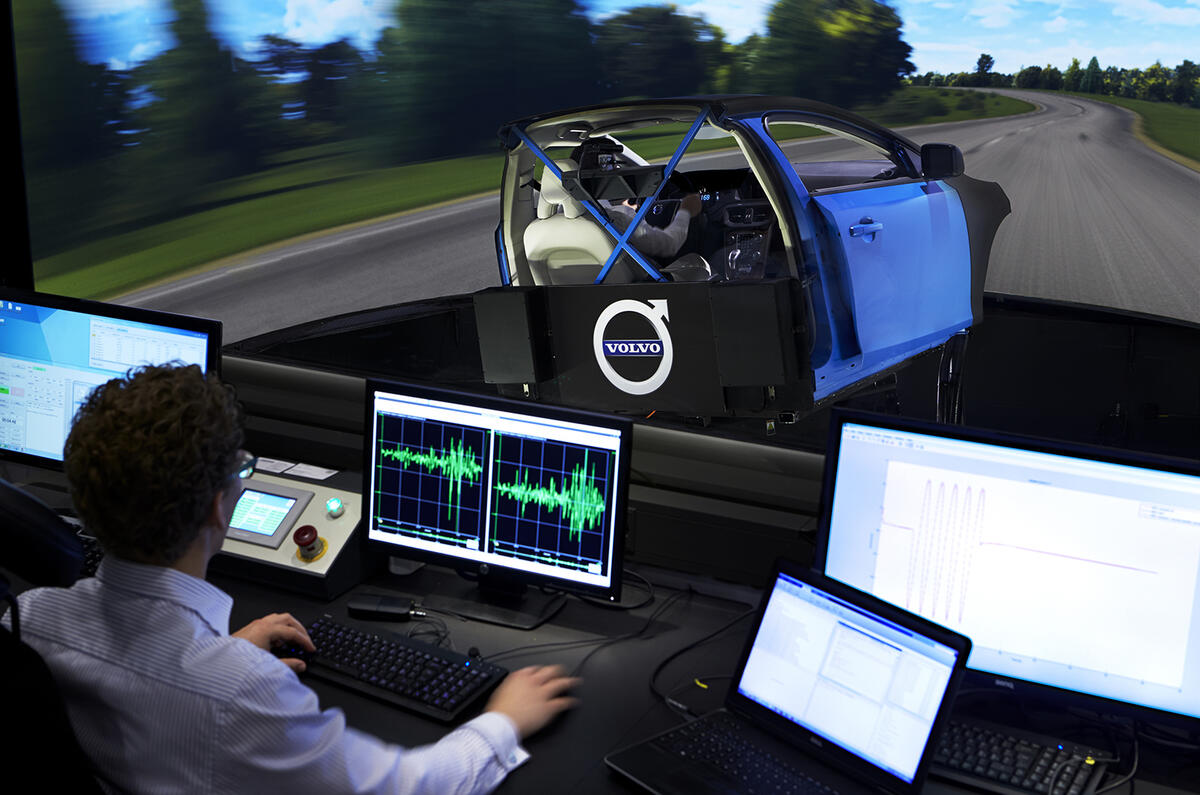
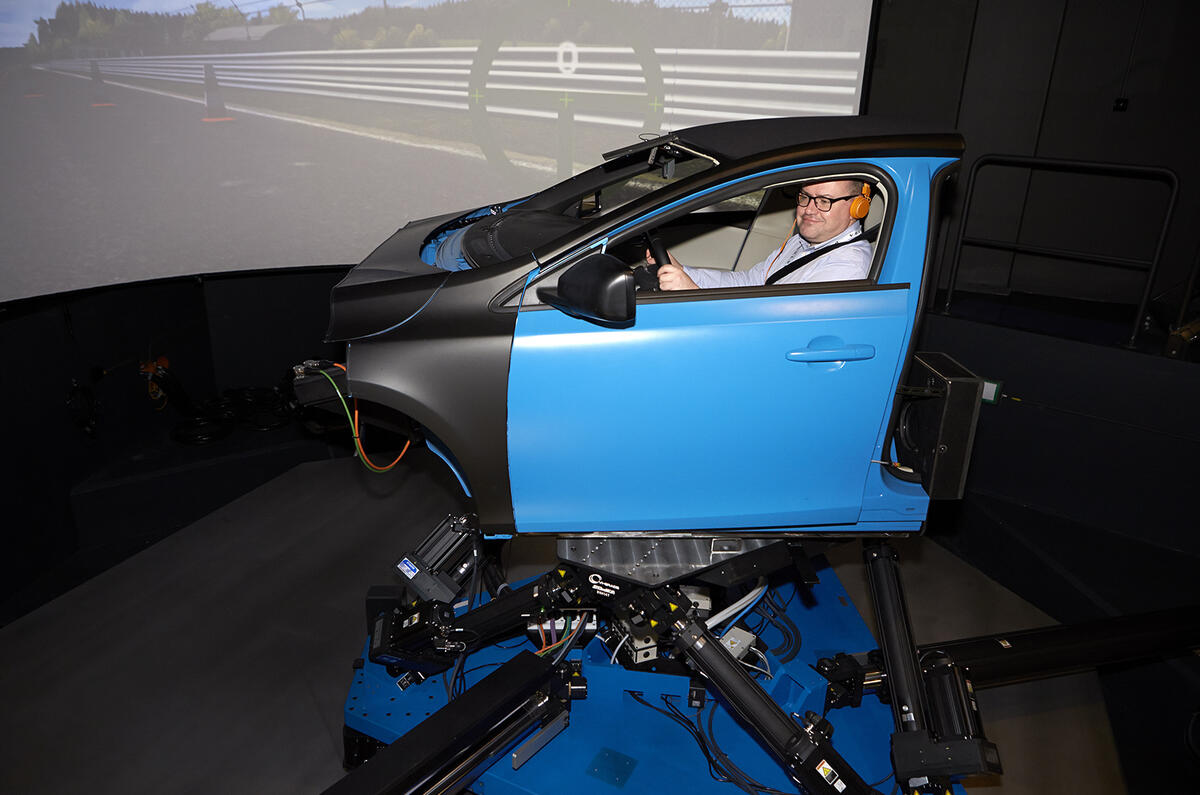
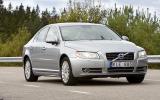

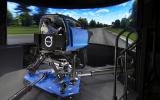

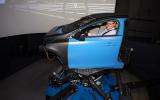


Join the debate
Add your comment
HOPELESS ONLY IN RETROSPECT?
Vol vo vent
The comment refers specifically to how it went around the handling circuit at the test ground, designed to show up such shortcomings, and is in direct comparison to the latest advances the company has made in that area. The clues are in the words written on the page.
Accidents will happen
it may be this year's model...